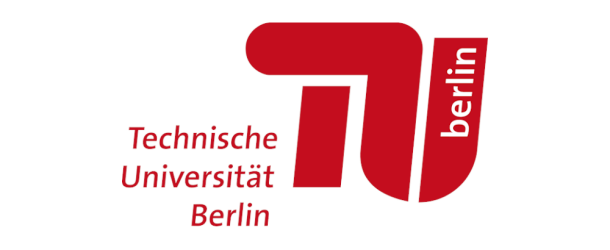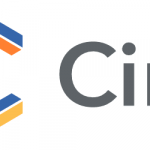Researchers at TU Berlin Developing Building Blocks for Future Communication Networks

(PhysicsWorld) Tobias Heindel and colleagues at TU Berlin are developing the building blocks for future quantum communication networks.
Twin-track innovations in cryogenic cooling and optical table design are enabling these researchers to optimize the performance of secure, long-distance quantum key distribution (QKD) using engineered single-photon-emitting light sources.
At the heart of the TU Berlin testbed is the attoDRY800 optical cryostat from attocube, a German manufacturer of specialist nanotechnology solutions for research and industry. Put simply, this closed-cycle cryostat (which requires no liquid cryogens) consists of an ultralow-vibration (ULV) cold breadboard platform that’s fully integrated into an optical table. What’s more, the cryocooler assembly is located in the otherwise unused space underneath the table – a unique design that ensures unobstructed access to the cold sample from all directions on the optical table.
On the commercial front, TU Berlin is emerging as a “lighthouse customer” for the attoDRY8000, with attocube now having installed three of the cryostats (plus optical tables) in the university’s Institute of Solid State Physics. Tobias Heindel, for his part, has two more attoDRY800 systems on order which will be integrated in one large “double-table” configuration, part of an experimental testbed that will see two quantum-light sources used for QKD via a common relay station.
“The testbed will be an early-stage demonstrator of a star-like topology that, we hope, will be scalable for a future metro-area quantum network,” he explains. “We are also deploying fibres and free-space optical links to other buildings here at TU Berlin to evaluate options for a quantum local-area network architecture.”



















